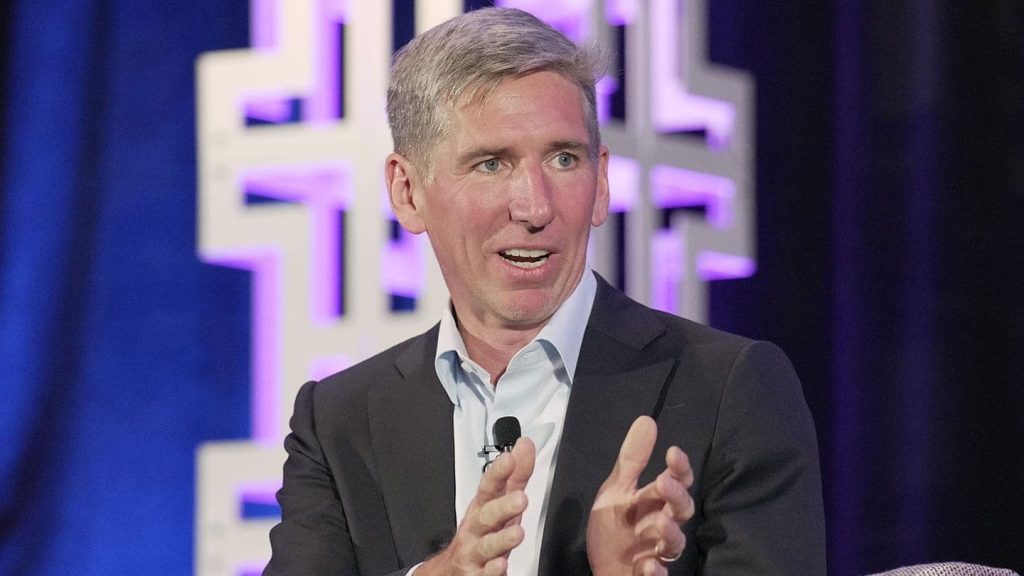Bitcoin’s Long-Term Outlook: Bitwise Predicts $1.3 Million Valuation by 2035

Bitcoin’s role as a transformative financial asset continues to fuel debates about its long-term potential. In its latest projection, crypto asset manager Bitwise suggests that Bitcoin could climb to Rs. 10.8 crore (approximately $1.3 million) per coin by 2035. This bold forecast is anchored in the belief that Bitcoin will increasingly rival gold as a global store of value, alongside rising institutional adoption, constrained supply, and a maturing market structure. If realized, such growth could mark one of the most significant wealth-creation events in financial history, with profound implications for global capital markets.
Bitcoin as the Digital Counterpart to Gold
For years, Bitcoin has been dubbed “digital gold,” yet Bitwise’s thesis goes further. The firm argues that Bitcoin’s programmed scarcity, with a maximum supply of 21 million coins, positions it as a superior alternative to the precious metal. Unlike gold, which faces supply expansion through mining, Bitcoin’s issuance is mathematically capped, creating a deflationary model. If Bitcoin captures even a fraction of gold’s Rs. 160 trillion market capitalization, its price trajectory could accelerate substantially.
Institutional Adoption and Market Infrastructure
One of the strongest drivers behind Bitwise’s optimism is institutional acceptance. The launch of spot Bitcoin exchange-traded funds (ETFs) has given mainstream investors unprecedented access to the asset class. Pension funds, insurance firms, and asset managers are gradually warming to digital assets, recognizing them as viable portfolio diversifiers and inflation hedges. The development of robust custody solutions, regulatory clarity in major economies, and the emergence of on-ramps for traditional finance have further enhanced Bitcoin’s legitimacy as an investable asset.
Supply Constraints and the Halving Effect
Bitcoin’s issuance model plays a critical role in its projected appreciation. The “halving” events, occurring roughly every four years, reduce the reward given to miners by half, effectively tightening supply. Historically, these events have been followed by significant bull runs, reflecting the impact of reduced new issuance on market dynamics. With each halving, Bitcoin becomes scarcer, potentially amplifying demand from both retail and institutional investors. By 2035, the vast majority of Bitcoin will already be in circulation, magnifying its scarcity premium.
Broader Macroeconomic Context
Bitwise also frames its projection against the backdrop of global economic uncertainty. Persistent inflation concerns, growing fiscal deficits, and declining trust in fiat currencies have heightened interest in decentralized, non-sovereign assets. Bitcoin’s portability, transparency, and independence from government intervention make it particularly attractive in an era marked by geopolitical instability. As investors seek reliable hedges, Bitcoin could occupy a role similar to gold during times of monetary turbulence.
Risks and Counterpoints
While the outlook appears ambitious, it is not without risks. Regulatory crackdowns, technological vulnerabilities, or shifts in investor sentiment could dampen Bitcoin’s growth trajectory. Moreover, the rapid evolution of competing digital assets or central bank digital currencies (CBDCs) may pose challenges to Bitcoin’s dominance. Nevertheless, Bitwise contends that Bitcoin’s first-mover advantage, entrenched network effects, and established recognition provide it with a durable edge.
Conclusion
Bitwise’s forecast of Bitcoin reaching Rs. 10.8 crore by 2035 underscores both the disruptive potential and the polarizing nature of the asset. Whether this target proves realistic or overly aspirational will depend on macroeconomic conditions, regulatory developments, and the pace of institutional adoption. Yet, the projection serves as a reminder that Bitcoin is no longer a fringe experiment—it is a maturing asset class that may reshape global finance in the decades ahead.




